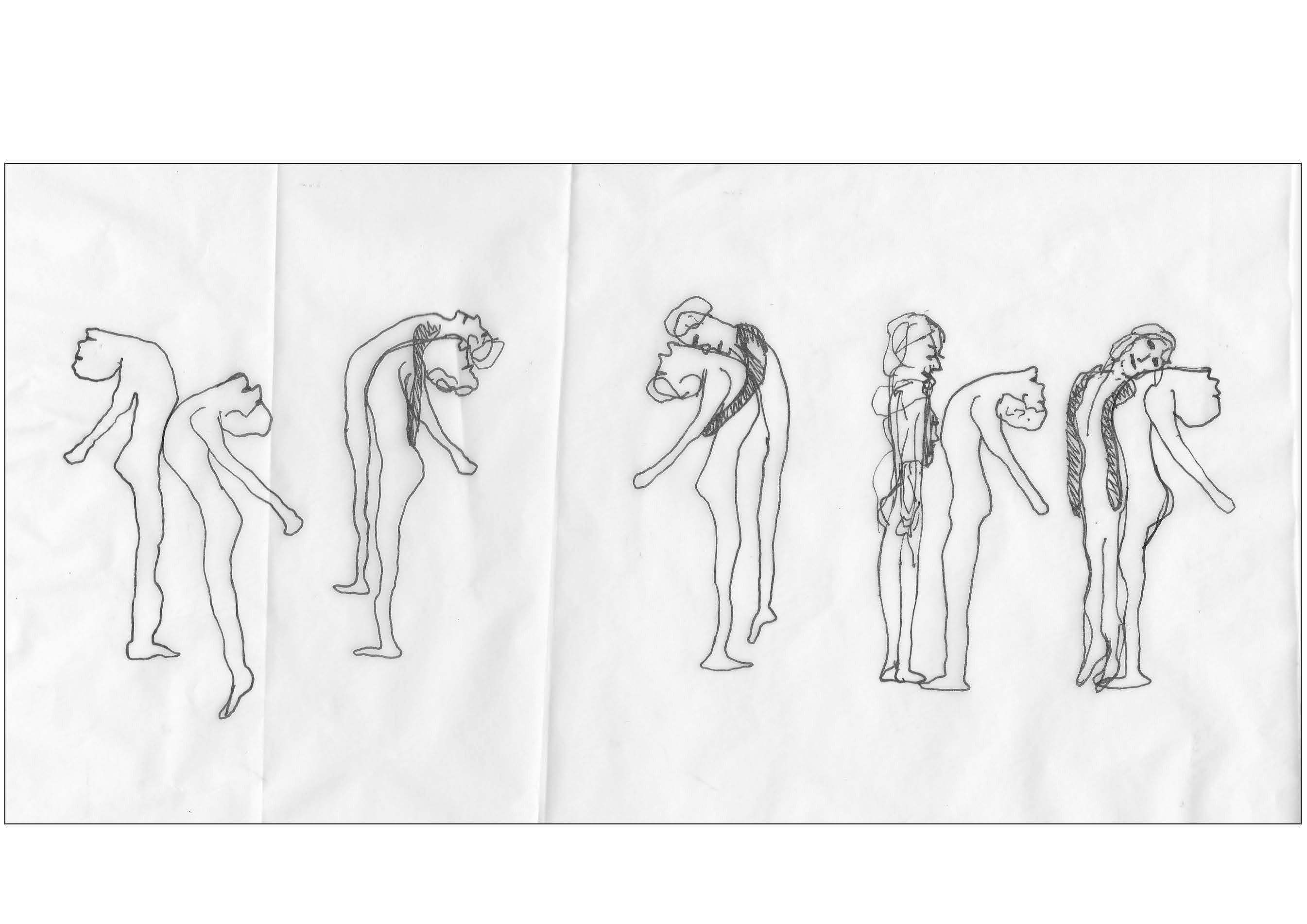As Michael S. Kimmel, American sociologist specializing in gender studies, writes in ‘Masculinity as homophobia’, ‘We equate manhood with being strong, successful, capable, reliable, in control. (…) The very definitions of manhood we have developed in our culture maintain the power that some men have over other men and that men have over women. (….)Masculinity must be proved, and no sooner is it proved than it is again questioned and must be proved again - constant, relentless, unachievable.'
It is exactly this that I am critiquing through my artistic practise. With my thesis and artistic research I investigate ways to create a critical reflection on the influence of hegemonic masculinity on the men that represent this norm; white, heterosexual cisgender middle and upper class men (taking into account their privileged position in western society). I focus on the mainstream visual culture in western society that communicates the prevailing norms and values coming from hegemonic masculinity. Through my artistic research, in which I was searching for a certain conflict within my works, I came to the image of a man, standing straight, presenting his chest, but in such a over-exposing way that his head falls to the back and the chest becomes alienated from the real. This became a metaphor for the norms based on hegemonic masculinity that I am critiquing. The human-figures I created talk about loneliness and an addiction to power and have a complicated relationship with vulnerability. They indirectly question how we in western society value vulnerability, interdependence and caring and the influence this has on presentation of the self. In my view the devaluation of these values comes from the patriarchal system and capitalist thinking, rooting in the construct of hegemonic masculinity.
I am surrounded by a society in which there is more and more focus on competition, grades, becoming the best one can be, but in the meantime I am part of the burn out generation. My figures display a unbreakable wall of self-presentation to hide fragility, vulnerability and emotions. Seemingly helpless, they talk about the lack of care; self-care, taking care and been taken care of.
Showing and sharing vulnerability is undervalued in western society. Informed by the norms and values coming from hegemonic masculinity we learn to be strong, capable and in control of our emotions.
Of course this doesn’t count for everyone and on a personal level this is often different, I am talking about the mainstream norms and values. I used my own female body to research the overstretched position and the relation between the female body that has strong connotations to objectification, vulnerability and incapability and the expectation of always being capable and in control.
Doing so I connect different values through gendered mainstream visual language with which I question the position of these values. I believe by naming this and question the norms and values in relation to gender, there might be a way to change the values. There is still very little space for men to develop and show their women related qualities, like caring, being vulnerable and emotional. I state that heterosexual cis-men as well as all other genders are in different ways suppressed by these norms and values.
